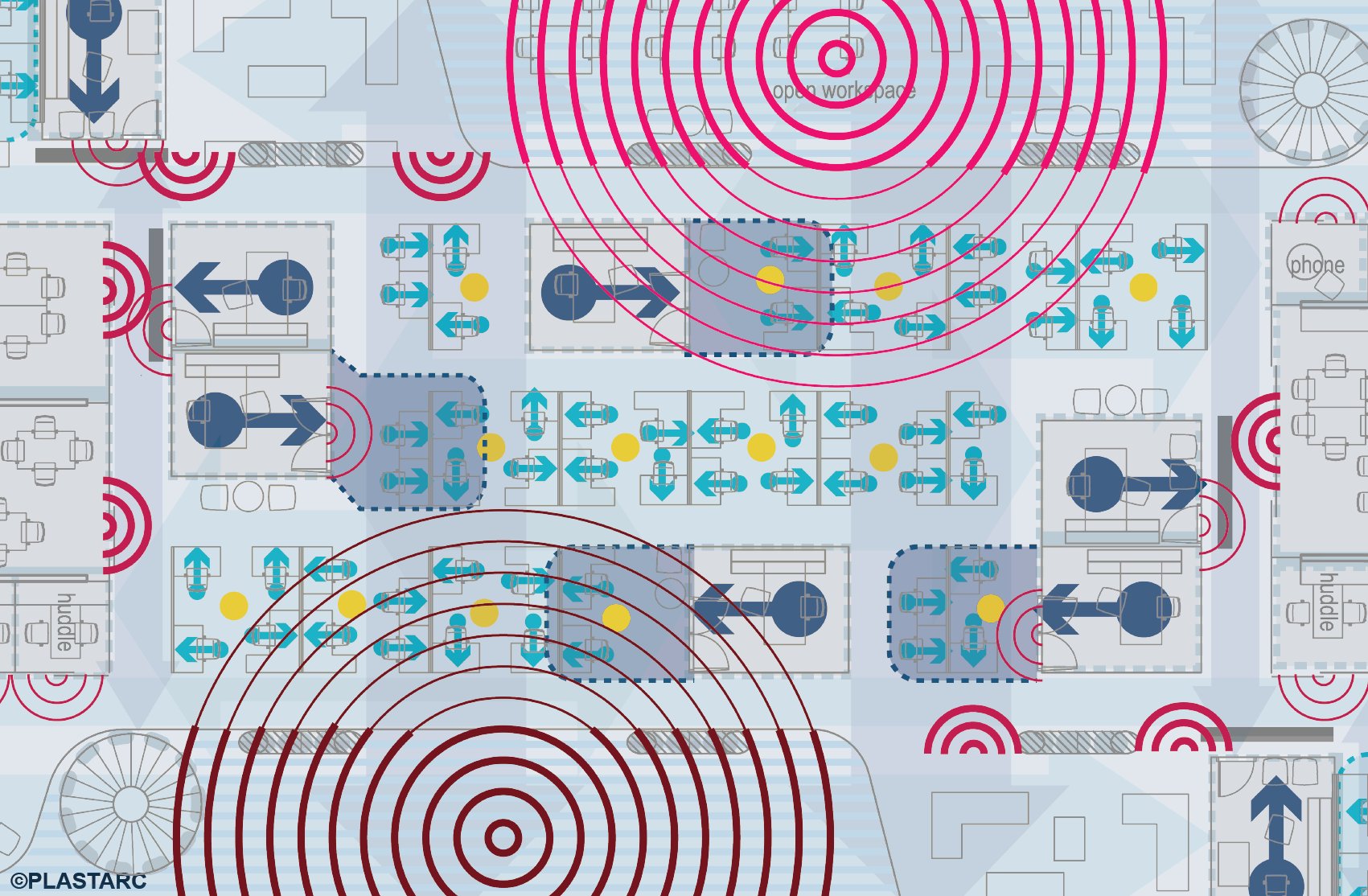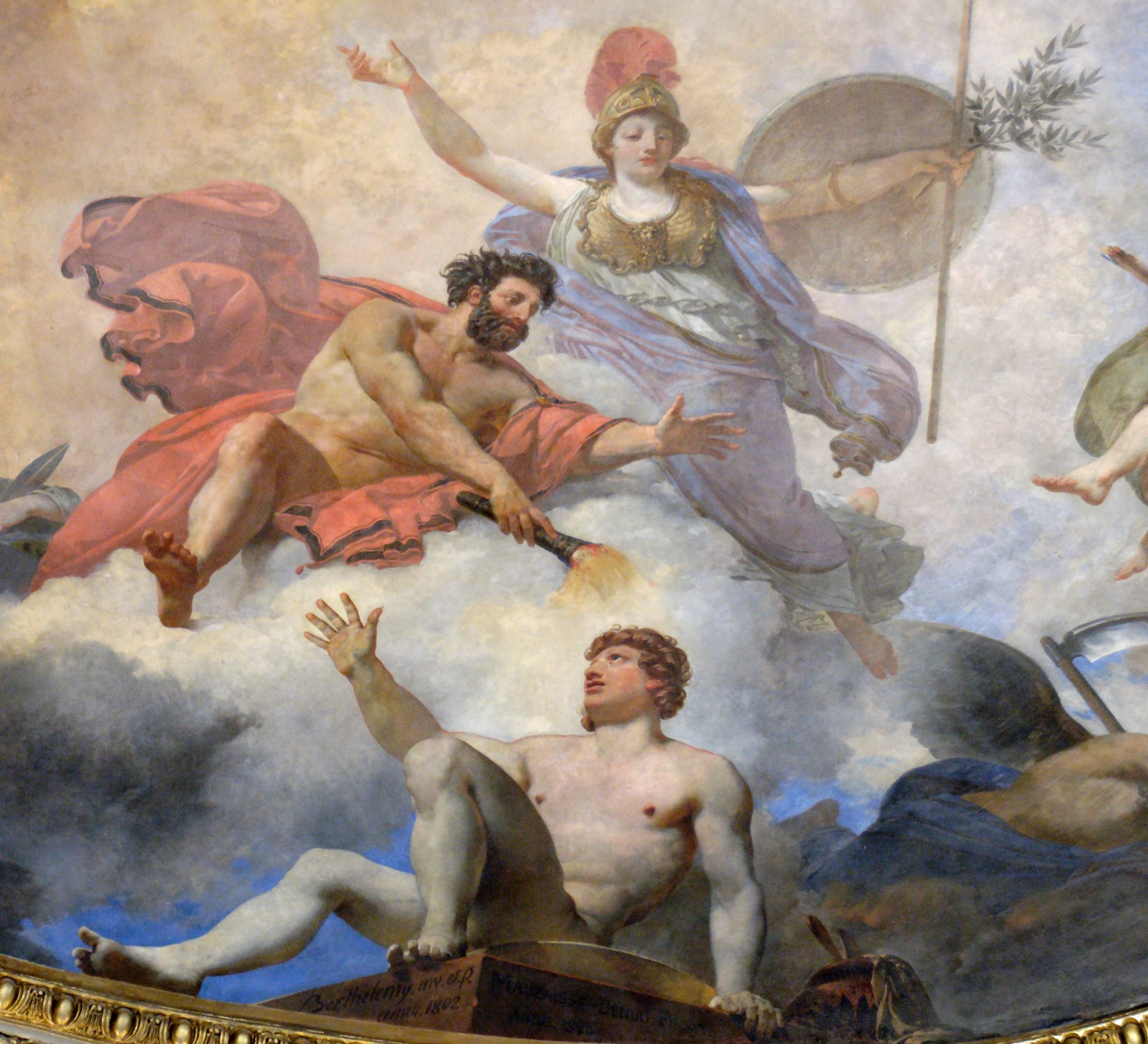Physical Threats to Telecommunications Links
- Home Page 466

Unit Substations
This content is accessible to paid subscribers. To view it please enter your password below or send mike@standardsmichigan.com a request for subscription details.
American Prosperity
This content is accessible to paid subscribers. To view it please enter your password below or send mike@standardsmichigan.com a request for subscription details.
Archive: NSF 50 Recreational Water Facilities / Post
This content is accessible to paid subscribers. To view it please enter your password below or send mike@standardsmichigan.com a request for subscription details.
Archive / ASCE Water & Wastewater
This content is accessible to paid subscribers. To view it please enter your password below or send mike@standardsmichigan.com a request for subscription details.
Open Agenda

“Social Data Brings New Life To AI For Architecture” | Melissa March & Mike Sayre (Work Design Magazine)
We set aside today for “housekeeping” our public commenting tracking algorithm. For the sake of transparency we reveal the “skunkworks” of the algorithm code we use to track public commenting opportunities which offers an enlightened view of the competition between government regulating agencies and private standards developers. It is also time we can respond to commenting opportunities that have a short review cycle — as is the case with “continuous maintenance” standards which can change every 30 to 45 days.
Open to everyone; 11 AM/ET. Use the login credentials at the upper right of our home page.
Structure Fires in Schools
Richard Campbell | September 2019
H.R. 6501 / Systemic Risk Mitigation Act of 2020
https://www.govtrack.us/congress/bills/116/hr6501/text
A BILL: To strengthen the Financial Stability Oversight Council, and for other purposes.
5.11.20
7.13.20
Thermal Environmental Conditions for Human Occupancy
This content is accessible to paid subscribers. To view it please enter your password below or send mike@standardsmichigan.com a request for subscription details.
Garden watering system based on moisture sensing
This content is accessible to paid subscribers. To view it please enter your password below or send mike@standardsmichigan.com a request for subscription details.
New update alert! The 2022 update to the Trademark Assignment Dataset is now available online. Find 1.29 million trademark assignments, involving 2.28 million unique trademark properties issued by the USPTO between March 1952 and January 2023: https://t.co/njrDAbSpwB pic.twitter.com/GkAXrHoQ9T
— USPTO (@uspto) July 13, 2023
Standards Michigan Group, LLC
2723 South State Street | Suite 150
Ann Arbor, MI 48104 USA
888-746-3670















